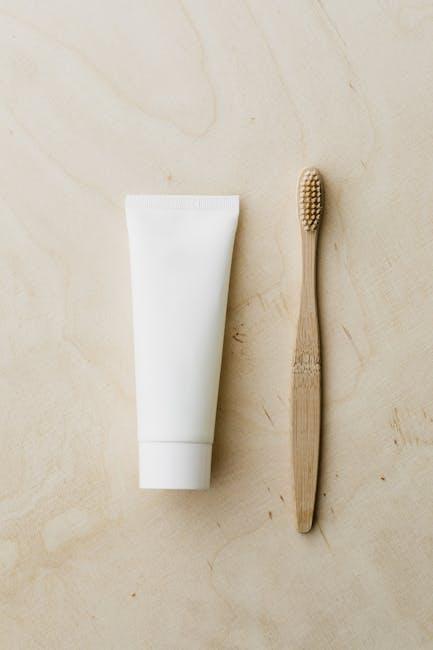
Dental Composites Market Size to Hit USD 5.95 Billion by 2034 – Precedence Research
The dental composites market is poised for remarkable growth over the next decade, with projections by Precedence Research estimating the market size to reach an impressive USD 5.95 billion by 2034. This considerable rise reflects expanding demand for advanced dental restorative materials driven by technological innovations, increasing dental disorders, and growing awareness about oral health across all age groups.
Understanding Dental Composites and Their Market
Dental composites are tooth-colored restorative materials primarily used for dental fillings, repairs, and cosmetic procedures. Made from a blend of resin matrix and inorganic filler particles, these composites offer superior aesthetics and durability compared to traditional amalgam fillings. Their ability to mimic the natural appearance of teeth has made them the preferred choice for clinicians and patients alike.
Some key highlights about dental composites include:
- Biocompatibility and reduced mercury exposure risks compared to amalgams.
- Variety of shades and translucencies available for a natural look.
- Improved bonding and less invasive techniques in modern dentistry.
- Applications ranging from cavity fillings to veneers and orthodontic repairs.
Market Growth Drivers
Several factors have contributed to the rapid expansion of the dental composites market and will continue to fuel growth through 2034:
- Rising prevalence of dental caries and periodontal diseases: Increasing oral health issues worldwide have heightened the need for restorative dental solutions.
- Technological advancements: Innovations such as nanocomposite resins and bioactive composites are enhancing material properties like wear resistance and aesthetics.
- Patient demand for aesthetics: Growing awareness and societal emphasis on attractive smiles drive the preference for tooth-colored fillings over metal amalgams.
- Expanding dental insurance coverage and government initiatives: Policies promoting access to dental care increase market penetration in emerging economies.
- Growth in dental clinics and cosmetic dentistry: Increasing number of dental care providers and cosmetic procedures worldwide.
Segment Analysis of the Dental Composites Market
| Segment | Key Insights | Market Impact |
|---|---|---|
| Product Type | Nanocomposites, Microhybrid, Flowable composites, Bulk-fill composites | Nanocomposites expected to lead due to enhanced aesthetics and strength. |
| Application | Restorations, Veneers, Orthodontic repairs, Crown repairs | Restorative fillings dominate owing to high prevalence of cavities. |
| End-user | Dental hospitals, Clinics, Academic institutes | Clinics show highest growth due to accessibility and cosmetic focus. |
| Region | North America, Europe, Asia-Pacific, Latin America, Middle East & Africa | Asia-Pacific set to witness fastest growth with rising dental care investments. |
Benefits of Using Dental Composites
Dental composites offer numerous advantages that benefit both patients and dental professionals:
- Enhanced aesthetics: Ability to closely match tooth color improves patient confidence and satisfaction.
- Conservation of tooth structure: Bonds directly to the tooth allowing minimal drilling.
- Durability and strength: Modern composites resist wear and fracture effectively.
- Immediate setting: Light-cured composites harden within seconds, reducing treatment time.
Practical Tips for Maintaining Composite Restorations
To maximize the lifespan and appearance of dental composite restorations, consider these practical maintenance tips:
- Practice good oral hygiene—brushing twice daily with fluoride toothpaste and flossing regularly.
- Avoid excessive consumption of staining substances like coffee, tea, and tobacco.
- Wear a mouthguard if involved in contact sports to prevent restoration damage.
- Schedule regular dental visits for professional checkups and cleanings.
- Minimize habits like nail-biting or chewing hard objects that can chip composite restorations.
Case Study: Impact of Nanocomposite Adoption in a Metropolitan Dental Clinic
A leading dental clinic in New York implemented nanocomposite materials exclusively for cavity fillings in 2022. Over 18 months, the clinic reported:
- A 35% increase in patient satisfaction scores related to aesthetic outcomes.
- Reduced restoration failure rate by 20%, lowering replacement procedures.
- Shorter procedure times due to improved handling and curing characteristics.
This real-world example highlights how technological advancements in dental composites are transforming patient care and strengthening market demand.
Future Outlook & Trends in the Dental Composites Market
Looking ahead, the dental composites market is set to innovate continuously. Some emerging trends include:
- Bioactive composites: Materials that not only restore but promote tooth remineralization and antibacterial properties.
- 3D printing applications: Customizable composite restorations produced on-demand for superior precision.
- Sustainable and eco-friendly composites: Development of materials with reduced environmental impact during production and disposal.
- Integration with digital dentistry: Enhanced CAD/CAM systems for seamless restoration design and implementation.
Conclusion
The dental composites market is undergoing exciting growth, poised to reach USD 5.95 billion by 2034 as forecasted by Precedence Research. Driven by the increasing demand for aesthetic, durable, and biocompatible dental materials, the market offers vast opportunities for manufacturers, dental professionals, and patients. By embracing innovative technologies like nanocomposites and bioactive materials, the dental composites industry is set to elevate oral health treatments globally. Whether you’re a clinician, industry stakeholder, or patient curious about dental restorative options, understanding this thriving market helps spotlight the future of dentistry.


